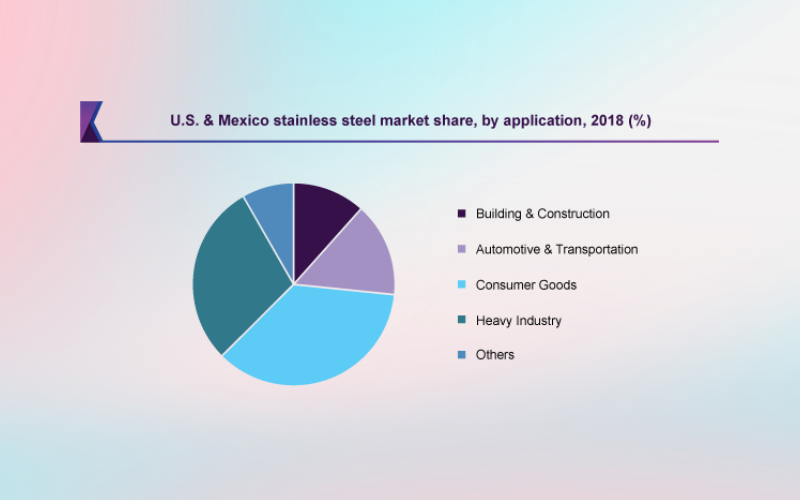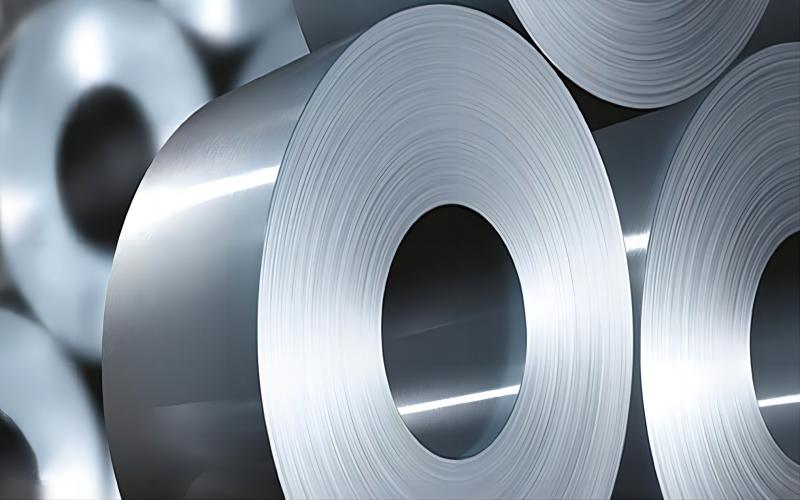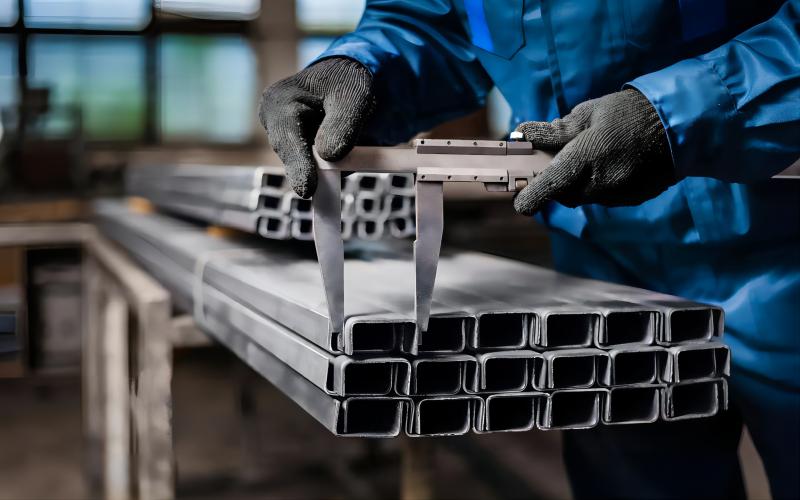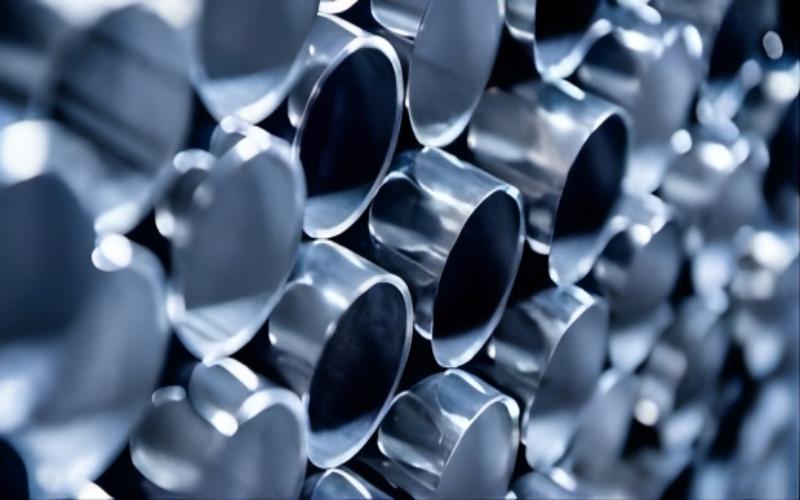Overview of Stainless Steel Pipes and Tubes
The stainless steel pipe market is segmented internationally based on type and industry. Based on type, the stainless steel pipe market is segmented into welded pipes and seamless pipes. Sewage treatment facilities, the food industry, energy & power, automotive, chemical, oil & gas, and other industries are a few into which the stainless steel pipe market may be segmented.
V&M (France), ArcelorMittal (Luxembourg), Autocamp (Finland), Tubifex (Spain), ThyssenKrupp (Germany), Veloured (France), and Sumitomo Metal Corporation (Japan) are a few of the major competitors in the stainless steel pipe market.

Trends
Due to its high level of resistance to corrosion and rust, as well as its durability, adaptability, and low maintenance requirements, stainless steel is one of the most often used metals in the construction sector. From 2021 to 2031, the market for stainless steel pipes is anticipated to grow at a CAGR of 6.12%.
The market for stainless steel pipes is being driven by a variety of reasons, including the expansion of the stainless steel industry and unusual economic circumstances. The market is primarily driven by the industry’s tremendous expansion in terms of applications for pipes, tubing, and other goods. Asia Pacific is anticipated to have a monopoly on the market.
Emerging economies like China and Japan are fierce competitors for the stainless steel pipe and steel pipe markets. According to competition research, the majority of the leading companies in the market have taken a variety of strategies to maintain their competitiveness, including joint ventures, mergers and acquisitions, growth, and the introduction of new products to diversify their product offering.

For instance, Japan’s Sumitomo Metal Corporation and Nippon Steel Corporation announced their merger on April 10, 2014. With an annual output of 40 million tonnes of crude steel, the newly combined corporation, known as Nippon Steel Sumitomo Metal Corporation (NSSMC), ranks among the biggest producers of steel in the world.
Due to their many benefits, including their extreme durability, high tensile strength, resistance to corrosion, and recyclable nature, stainless steel, and steel pipes are readily accessible on the market.
The market for stainless steel pipes is anticipated to expand throughout the forecast period due to rising demand from a variety of end-use sectors, including construction, oil and gas, food and beverage, and automotive. Due to the requirement for stainless steel pipes in numerous industries, market demand has remained consistent. There is a constant demand for this product because of its many applications throughout different areas.
Increasing demand from the automotive and security sectors is expected to cause original equipment manufacturers’ revenues to surpass those of the aftermarket. The automotive industry is therefore expected to generate the highest revenue, followed by security and surveillance software.
Due to the region’s high emphasis on R&D activities and the presence of leading manufacturers, it is projected that the region would increase at the fastest rate in the globe. The Asia-Pacific region is expected to expand quickly as a result of rising output levels in China and India.

Market Challenges for Stainless Steel Pipe
The following are some of the difficulties the market for stainless steel pipe is facing:
The lack of competent labor and raw materials to make stainless steel pipes is a problem for the market.
Another significant issue is that the installation cost is extremely high in comparison to competing products on the market, which lessens its market appeal and reduces revenue.
The market for stainless steel pipes has been significantly impacted by the Covid-19 epidemic. The epidemic in 2019 made problems that the market was already having, including the US-China trade conflict, worse. Due to decreased investments in end-use industries like oil & gas, construction, and automotive, the market demand is predicted to shrink in 2020. Nevertheless, a market rebound is anticipated in 2021 when these sectors begin to expand.

The following describes the market’s state as of right now:
The market is anticipated to have a fall in 2020 as a result of the Covid-19 epidemic, as numerous limitations and lockdowns will result in market losses.
The market is anticipated to rebound in 2021 as all businesses begin to ramp up production, end-use sectors begin to expand, and consumer demand begins to rise.
The long-term forecast for the stainless steel pipe industry must stay good when all aspects and trends are taken into account. Future demand will only rise as a result of its qualities and versatility in a variety of industries.
Stainless steel pipe and steel pipe market latest developments for 2019 to 2022
The National Steel Policy (NSP) 2017 was adopted by the Indian government in January 2019. It seeks to boost production from 127 tonnes in 2016–17 to 300 tonnes by 2025–26 and develop 500 million tonnes of capacity by 2030–31.
The launch of Jindal Stainless’s new factory in Uttar Pradesh was announced in June 2019. The new facility is the first stainless steel pipe manufacturing facility for the company to produce in compliance with global quality standards.



